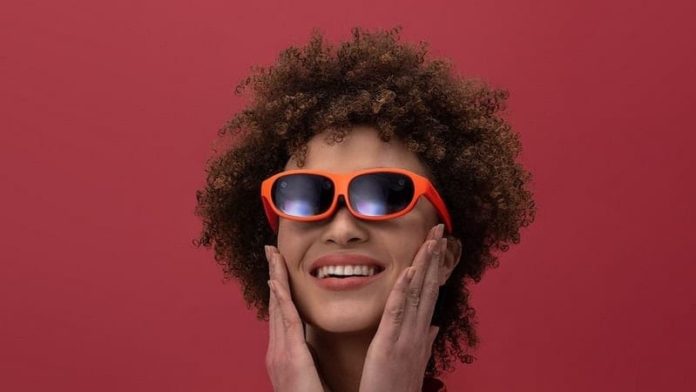Chinese start-up
For the curious souls out there who do not know what MR is, go through the next few sentences, the rest of you can skip them. Mixed reality is a user environment in which physical reality and digital content are combined in a way that enables interaction among real-world and virtual objects. Unlike virtual reality (VR) which immerses the end user in a completely digital environment, or augmented reality (AR) which layers digital content on top of a physical environment, MR blends digital and real-world settings seamlessly.

Many companies have tried to implement MR in their projects but nothing revolutionary has come to the forefront. Take Microsoft’s HoloLens for example; it had its 15 minutes of fame. But to be fair, the size and image quality didn’t make the cut per se. Enter
The device offers a sharp and vivid image owing to the 1080p laser projectors (up to 60 fps) for each eye, and doing so while offering a good field of view, 52 degrees, to be precise. And of course, you can still see the outside world while enjoying your digital content. The frame is lined with dual microphones along the top for clearer reception, along with stereo speakers towards the end of both foldable arms (or you can switch to Bluetooth headphones), and includes brightness buttons on one of the arms.

Considering how many components are tucked into the glasses alone, 85 grams is a good amount of weight, quite light, as the name suggests. This is admittedly a lot more than a pair of normal glasses but is still significantly less, let’s say, in comparison with Magic Leap One’s 345-gram weight. Much like the Magic Leap One, the
Fitting is easy thanks to the adjustable magnetic nose support. Likewise,
The Nreal Light is the work of some 70 people based in Beijing. Victor Ai, managing director of China Everbright, the company that was responsible for $16 million of funding, mentioned in a statement that the investment on
The
Explore more here!


